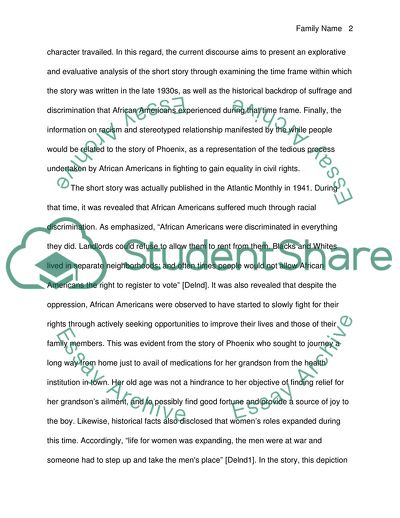Cite this document
(A Worn Path by Eudora Welty Assignment Example | Topics and Well Written Essays - 1500 words, n.d.)
A Worn Path by Eudora Welty Assignment Example | Topics and Well Written Essays - 1500 words. https://studentshare.org/literature/1833481-a-worn-path
A Worn Path by Eudora Welty Assignment Example | Topics and Well Written Essays - 1500 words. https://studentshare.org/literature/1833481-a-worn-path
(A Worn Path by Eudora Welty Assignment Example | Topics and Well Written Essays - 1500 Words)
A Worn Path by Eudora Welty Assignment Example | Topics and Well Written Essays - 1500 Words. https://studentshare.org/literature/1833481-a-worn-path.
A Worn Path by Eudora Welty Assignment Example | Topics and Well Written Essays - 1500 Words. https://studentshare.org/literature/1833481-a-worn-path.
“A Worn Path by Eudora Welty Assignment Example | Topics and Well Written Essays - 1500 Words”. https://studentshare.org/literature/1833481-a-worn-path.


